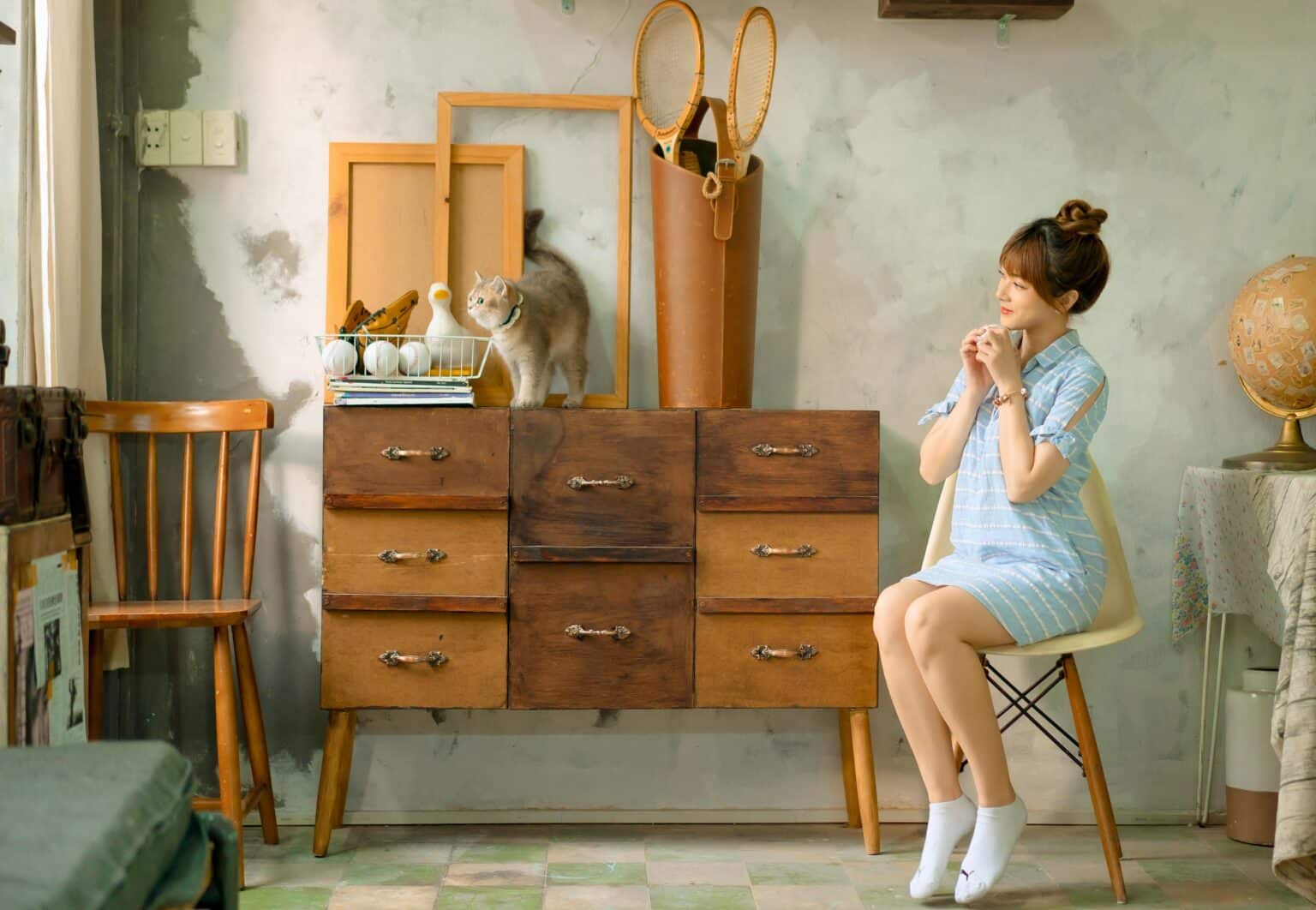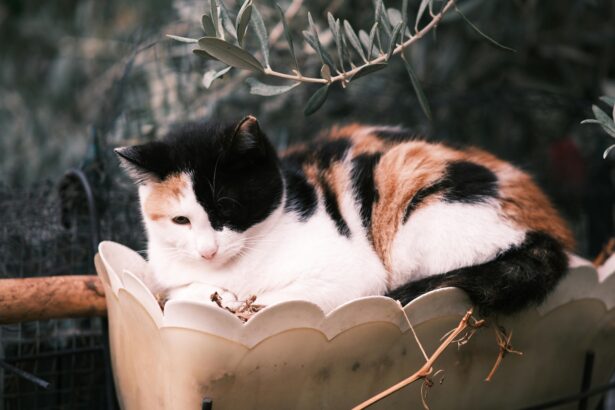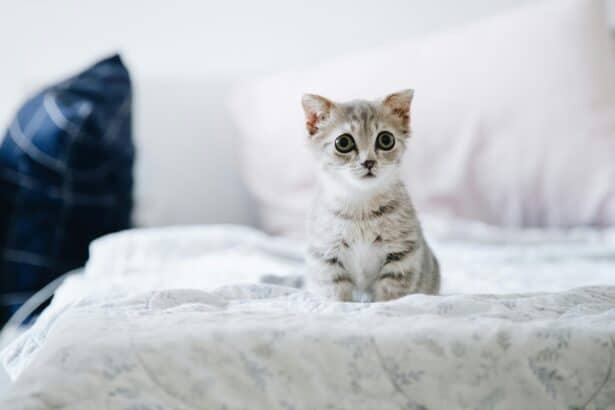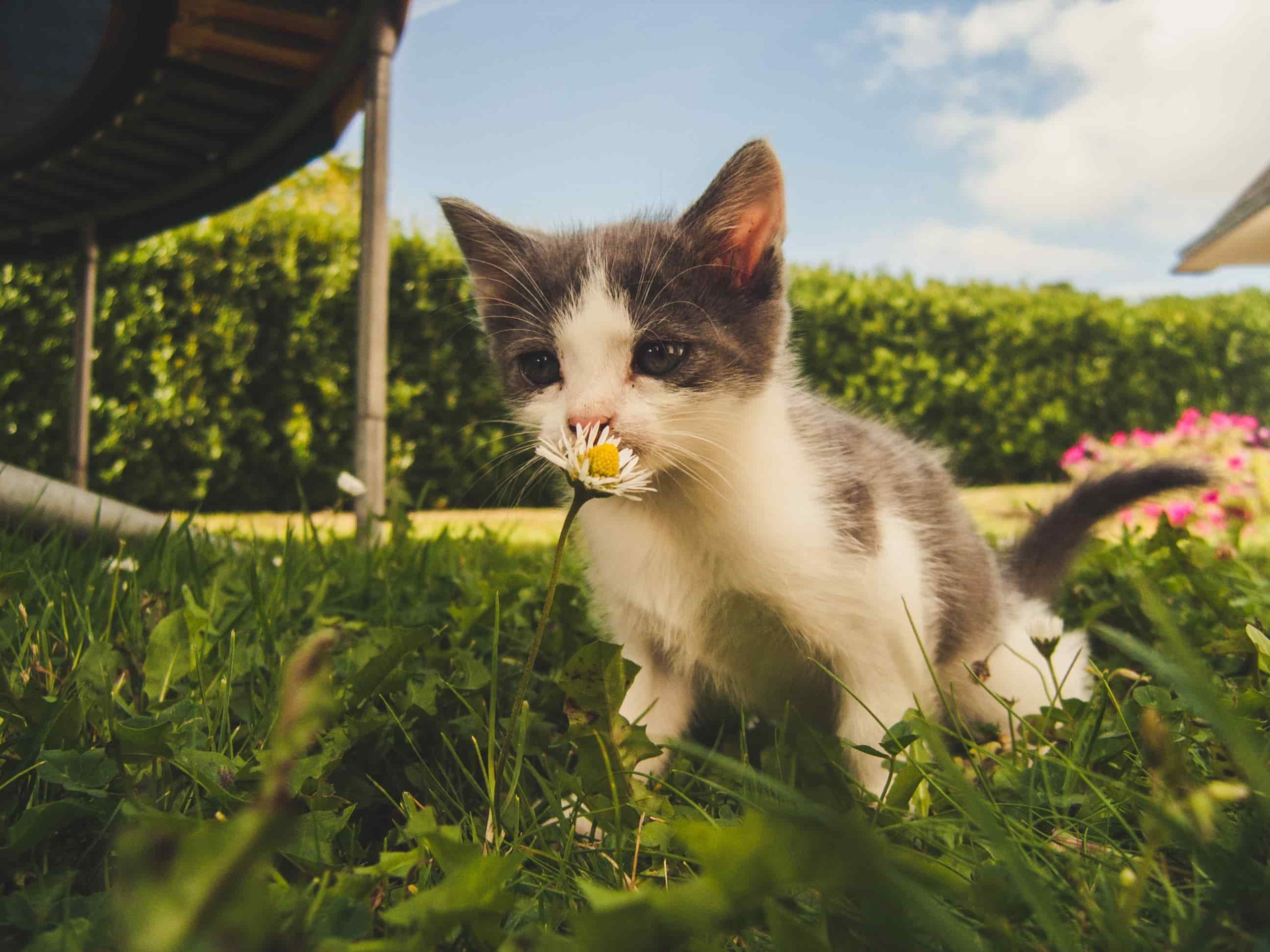Introduction: Background and issues for cat owners
The presence of a feline companion in a home often brings happiness, companionship and comfort to its owners. However, the natural behavior of cats, especially their need to scratch, can lead to inconveniences, particularly damage to furniture. In an urban environment where every square meter counts, preserving your furniture while respecting your pet’s well-being is a real challenge. The aim of this article is to provide you with a complete and detailed guide to understanding this behavior, designing your interior and implementing concrete, respectful solutions. We’ll look at different strategies to answer the main question: How can I prevent cats from scratching furniture?
Article presentation
In this article, we’ll explore in depth the reasons why cats scratch and the importance of satisfying their natural needs. You’ll discover practical advice and solutions, from the installation of scratching posts to the design of dedicated spaces and the application of positive reinforcement techniques. Each section is designed to provide you with a coherent set of theoretical and practical tools for creating a harmonious environment for your feline companion and preserving the aesthetics of your home.
The importance of protected furniture and feline well-being
Striking a balance between protecting your furniture and your cat’s well-being is essential for a successful cohabitation. A well-preserved interior not only enhances the value of your home, but also creates a stimulating and reassuring environment for your pet. By allowing your cat to express its natural behaviors in a controlled environment, you strengthen the bond of trust between you. The implementation of appropriate solutions helps to reduce stress and destructive behavior, thus promoting a harmonious and serene atmosphere for all concerned.
Understanding cats’ natural behavior
A. The reasons behind scratching
Scratching is an instinctive activity for cats. This natural gesture enables them to mark their territory thanks to the sebaceous glands located between their paw pads, which release pheromones. These olfactory marks play a crucial role in cat-to-cat communication, affirming presence and possession of a space. Clawing also enables the animal to stretch its muscles, strengthen its legs and keep its claws in perfect condition. This behavior expresses the feline’s vitality and helps release accumulated tension.
Beyond the physiological aspect, scratching meets a psychological need for security. By leaving visual and olfactory traces, the cat feels reassured in its environment, which is particularly important in a domestic setting where natural landmarks are less present.
B. The influence of the environment on this behavior
The home environment plays a decisive role in the expression of scratching behavior. In a home devoid of suitable areas, cats may turn to furniture to satisfy their need to scratch. The density, material and location of furniture influence its attractiveness to the feline. A monotonous environment, or one lacking in stimulating variety, may prompt the cat to seek unsuitable alternatives.
Furthermore, the absence of interactive toys or climbing areas can accentuate this behavior. An enriched environment, offering opportunities for play, rest and exercise, helps cats to channel their energy constructively, reducing the temptation to attack inappropriate surfaces.
C. Signals to watch out for
Careful observation of your cat’s behavior is essential to anticipate and prevent scratches on your furniture. Certain signs indicate that your feline is about to embark on a scratching session: a particular posture, unusual agitation or an insistent gaze towards a piece of furniture can be revealing clues.
Other signals may include repetitive tail movements, regular rubbing against furniture, or specific vocalizations. By identifying these behaviors, you can intervene quickly to divert your pet’s attention to more suitable alternatives, thus avoiding irreparable damage to your home.
Create a suitable environment to divert attention
A. Installation of suitable scratching posts
The first step in diverting your cat’s attention from the furniture is to install suitable scratching posts. A wide variety of scratching posts are available, each to suit your feline’s personal preferences. These include vertical, horizontal, sisal, cardboard and fabric models. It’s crucial to offer several options so that your cat can choose the one that suits him best.
The choice of a scratching post should also take into account its location. Scratching posts should be placed in strategic areas, close to resting areas or places where cats like to observe their surroundings. This will increase the likelihood that your pet will adopt and regularly use these accessories. To find out more about the specific needs of cats, read our article on the top 10 pedigree cats.
It’s also advisable to choose sturdy, stable scratching posts that can withstand repeated scratching. Depending on your cat’s preferences, it may be wise to alternate between different types of scratching posts over time to maintain its interest.
B. Designing areas dedicated to scratching
Beyond the installation of scratching posts, creating spaces dedicated to scratching can go a long way towards redirecting your cat’s behavior. These areas, specially designed to allow felines to express their natural instincts, often include scratching posts, comfortable cushions and interactive toys. Setting up a scratching post in a quiet, secure area, such as near a window or in a room with little traffic, can encourage your cat to use this space rather than turning to your furniture.
It’s important to think about the lighting and decoration of these areas. A warm atmosphere with soft lighting and soothing colors will make these areas even more attractive to your companion. The aim is to transform the act of scratching into a rewarding activity, making these areas both stimulating and relaxing for the cat.
C. The importance of accessory rotation
Cats, like many animals, can quickly tire of routine. That’s why it’s essential to regularly vary the accessories available to them. Rotating scratching posts and dedicated areas not only combats boredom, but also stimulates feline interest and curiosity.
By periodically changing the type and location of scratching posts, you encourage your cat to explore new textures and surfaces. This strategy is particularly effective in homes where several pets live together, as it helps maintain a positive dynamic and ensures that every cat finds his or her place in the layout of the space.
Carefully observe your cat’s reactions and adjust the rotation of accessories according to its preferences. Regular monitoring will help you identify the solutions that work best to limit destructive behavior.
Practical techniques and tips for redirecting behavior
A. Using positive reinforcement
Positive reinforcement is a proven method for encouraging desirable behavior in cats. Immediately rewarding your feline when he uses the scratching post or dedicated space is essential to reinforce this habit. Rewards can take the form of verbal praise, petting or even small treats. The important thing is to systematically associate the use of the scratching post with a positive experience.
Consistency is the key to this approach. Each time the cat opts for the appropriate alternative, praise him and offer him a reward. Over time, this positive association will help transform scratching behavior into a valued habit. This gradual learning process not only helps reduce scratching on furniture, but also strengthens the bond of trust between you and your pet.
B. Alternatives based on natural solutions
In addition to positive reinforcement, some natural solutions can be implemented to deter cats from attacking furniture. Non-toxic repellent sprays, specially formulated for animals, are an interesting option. They can be applied directly to the surfaces to be protected, to create an olfactory barrier that the cat doesn’t appreciate.
Other alternatives include the use of essential oils suitable for felines. However, it’s essential to choose products that are safe for your pet’s health, and to test them on a small area beforehand. These natural solutions offer the advantage of being discreet and easy to apply, while respecting your cat’s well-being.
By incorporating these alternatives into your routine, you can gradually reduce the urge to scratch furniture without generating unnecessary stress for your companion. It’s important to combine these methods with other techniques, such as creating dedicated spaces and using positive reinforcement, to achieve lasting results.
C. Education and patience in the process
Changing natural behavior is never an immediate task. It’s essential to adopt a patient, caring approach to redirecting your cat’s behavior. Education requires careful observation and constant adaptation of the techniques employed. It’s important to remember that a cat doesn’t stop scratching overnight; the learning process takes time and consistency.
Training should be based on respect and understanding of your pet’s personality. Every positive gesture, such as the correct use of a scratching post, should be celebrated. Consistency in the application of techniques is essential to establish new habits. In some cases, the services of a cat educator or behaviorist can be useful in adapting your approach to meet your pet’s specific needs.
Patience, combined with the right methods, will gradually transform undesirable behavior into positive habits. By cultivating a relationship of trust, you’ll help your cat to flourish in an environment that respects its needs, while protecting your furniture.
Conclusion: Summary and final recommendations
Preventing cats from scratching furniture means first and foremost understanding their natural needs and adapting the home environment. By combining several approaches – the installation of suitable scratching posts, the creation of dedicated spaces and the use of positive reinforcement – you can create an environment conducive to harmonious cohabitation between your pet and your home.
As each cat is unique, it’s essential to adapt these strategies to your companion’s personality and preferences. Keep a close eye on your cat’s behavior and regularly adjust the layout of your space to maintain its interest. Rotating accessories and introducing natural alternatives complete this approach, offering a comprehensive, personalized solution.
By adopting these recommendations, you’ll not only be preserving the integrity of your furniture, you’ll also be helping your cat to flourish. In the long term, your home will become a true haven of peace, where every element has been designed for the well-being of all its occupants. Successful cohabitation is based on understanding, adaptation and mutual respect – essential values for creating an environment where everyone can flourish.
To take things a step further, don’t hesitate to explore additional resources and tips on daily care, general well-being and even feeding your cat. You’ll discover additional tips to improve your companion’s quality of life and strengthen the bond between you.
In conclusion, whether you’re faced with occasional scratching or recurrent behavior, the solution lies in a comprehensive and respectful approach. Listening to your cat, intelligent interior design and the consistent application of positive reinforcement techniques are the keys to transforming this challenge into an opportunity to better understand and appreciate the richness of feline behavior.






